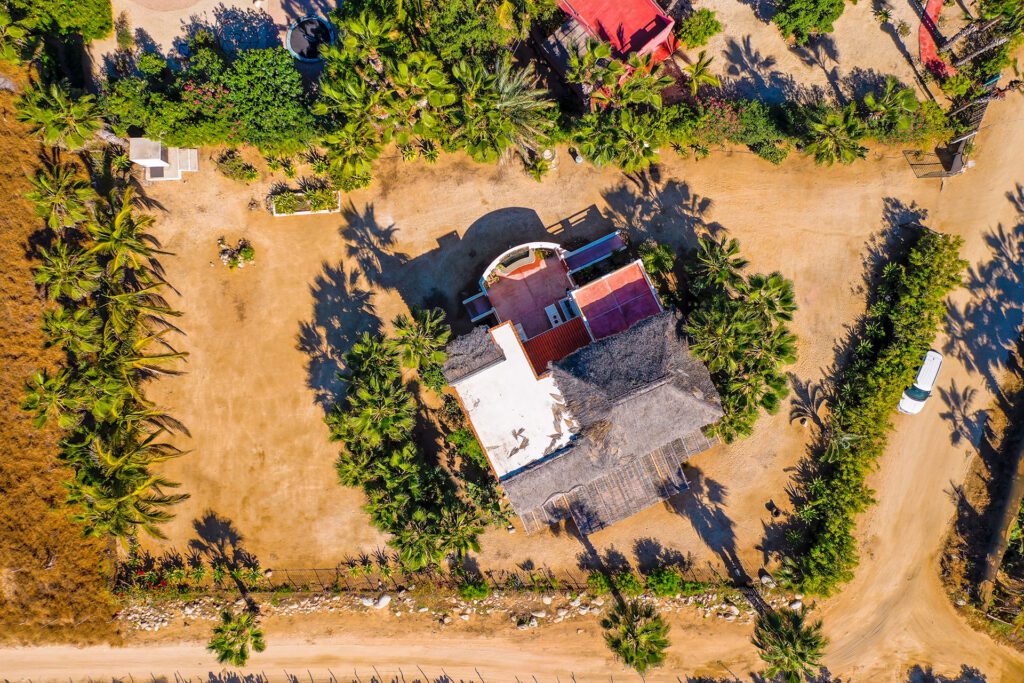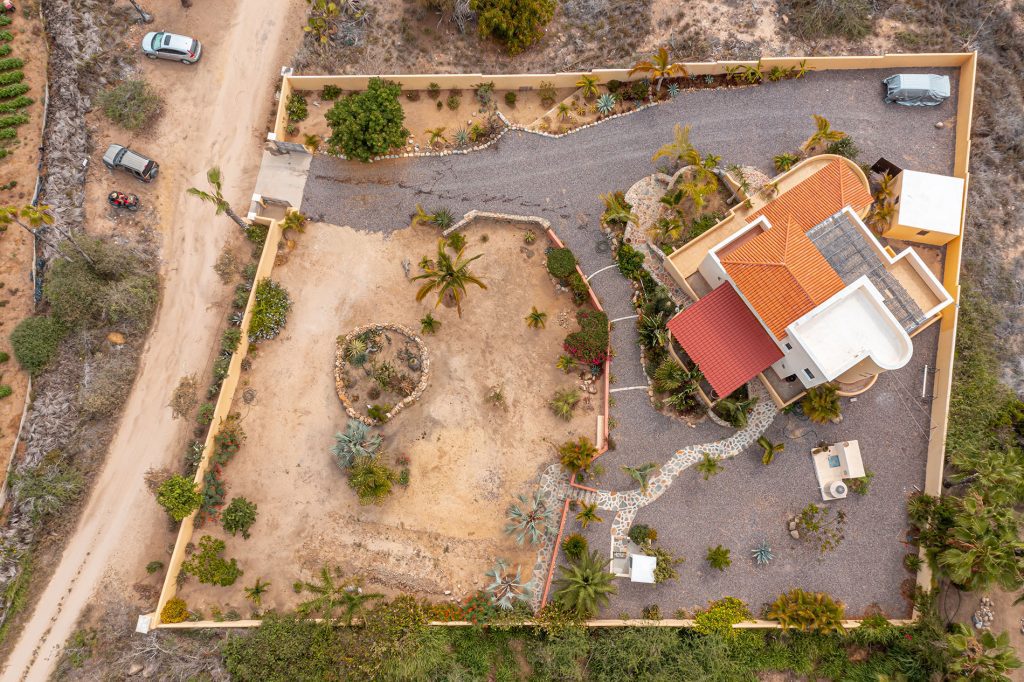Choosing Fencing for Your Home
A new fence can increase the security of your home, act as a safe space for animals and kids, add visual appeal, and even raise the resale value of your home. But before you run out and hire a contractor or jump into a DIY project, a little planning and forethought can help you choose the fence that is right for your needs, meets your budget, and accents your home.
What to consider
1. FUNCTION
Are you looking for a fence that creates privacy? Or do you simply want something that keeps your animals contained? How about looks and longevity? Answering these questions will help you choose the right materials and style.
2. BUDGET
Professionally installed fences can run from around $2,500 to over $10,000 based on the length and height of fencing you need, the type of materials you choose, and the fencing company you go with. Know your budget so you can make the best choices related to your needs.
There are a variety of choices from the inexpensive to the luxurious, and each needs to be assessed in terms of your needs, budget, durability, and maintenance.
3. TYPES OF FENCING:
a. Chain-link: This type of fencing tends to be the most price effective, is functional for containment, and is low maintenance. It is, however, considered the least attractive style of fencing.
b. Wood: Wood fences are very affordable and are often the go-to choice for privacy and containment fences. They do, however, require a high degree of maintenance to deal with weathering, and are shorter-lived than most fencing.
c. Vinyl and PVC: For a more maintenance free fence that looks like wood, vinyl and PVC come in a variety of color choices and can work for privacy and containment. But they do cost more than wood, can stain from mold and mildew, and can warp over time.
d. Wrought Iron: Iron fencing works well as an elegant option for both classic and contemporary homes. It is a strong option for security, but doesn’t work as well for animals. While iron is more expensive, it is a good long-term investment as it lasts as long as you maintain it to prevent rusting.
e. Steel: Another popular metal choice is steel, which has come a long way from its early days. Contemporary steel fencing is powder coated to prevent corrosion and is a strong security style as well as an attractive choice.
f. Stone: Perhaps the longest lasting, strongest, and most secure fencing, stone offers a touch of classic elegance. But because of the weight of stone, installation costs can be high as are material costs.
g. Natural fencing: If privacy is your only aim, you can use a combination of trees, shrubs, and other plants to create a beautiful and private perimeter around your property.
4. DO YOUR RESEARCH:
It’s a good idea to have your property surveyed before you begin building so that you don’t encroach on neighboring property, which may mean tearing down your fence later if challenged. You should also check local building codes and with your homeowner’s association for any restrictions on types of fencing or on construction specifics such as offsets and heights.
In collaboration with The Agency Los Cabos, Ivan Young a writer from Happy Writers, and fencing and event supplier Viking Fence.
More post from The Agency Los Cabos
[pt_view id=”2b465b3qpg”]






